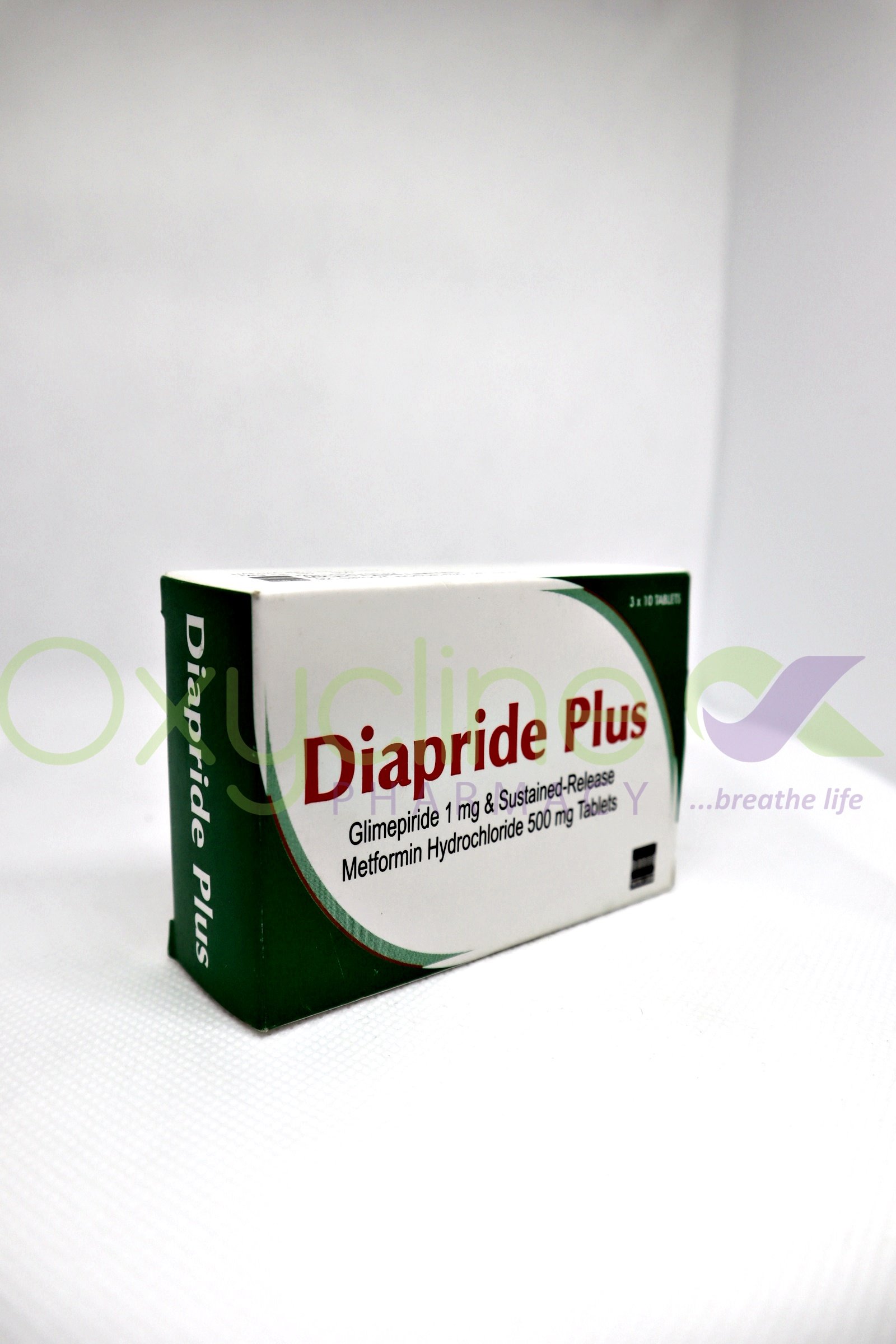
uVIN/HSIL reveals vacuolated and dysplastic cells with mitoses throughout the epithelium, which can include follicular epithelium.The epithelium may be hyperkeratotic ( scaly) and acanthotic (thickened).
#Vin tabs plus skin
A skin biopsy is required to confirm abnormal epithelial cells within the epithelium, and to identify any invasive cancer. Colposcopy (examination using magnification and a special light) may be used to examine the appearance and extent of the condition. One or more flat or thickened, irregular red, white or pigmented plaques on the vulva may suggest a diagnosis of uVIN/HSIL or dVIN.
Immunosuppression by disease, such as human immunodeficiency virus ( HIV) infection, or medications, such as those taken by organ transplant recipients.ĭVIN is associated with chronic vulval inflammatory skin disease, particularly lichen sclerosus or erosive lichen planus. The average age of presentation with dVIN is 60 years. Smoking: it is thought that the cancer promoting agents in cigarettes are concentrated in the skin of the lower genital tract and smokers have a higher risk of uVIN/HSIL than non-smokers. About half of women with uVIN/HSIL also have a history of abnormal cervical smears or cervical cancer. (Visible genital warts are mostly caused by types 6 and 11). Only oncogenic types of HPV (especially types 16, 18 and 33) are associated with uVIN/HSIL. HPV also causes genital warts and other genital cancers and precancers ( cervical cancer, vaginal cancer and anal cancer). The following factors have been associated with uVIN/HSIL. UVIN/HSIL may occur in women of all ages, although an increased number of younger women (even teenagers) are presenting the average age at diagnosis is about 40 years. Why do VIN/HSIL and dVIN occur and who is at risk? uVIN/HSIL Most cases of dVIN occur on non-hair bearing skin. 
The lesions can occur on any part of the vulva, but are most frequently diagnosed on hair-bearing labia majora, and non-hair–bearing labia minora and posterior fourchette.
These may be pink, red, brown and/or white in colour. One or more flat or slightly raised well-defined skin lesions. How do uVIN/HSIL and dVIN present?Īlthough some women do not have symptoms, uVIN/HSIL and dVIN often present with: It is much less common than uVIN/HSILand accounts for 5% of VIN. Up to 85% of dVIN will progress to SCC if untreated. The term uVIN/HSIL excludes vulval extramammary Paget disease and vulval in-situ melanoma.ĭifferentiated vulval intraepithelial neoplasiaĭifferentiated VIN (dVIN) is associated with inflammatory diseases of the vulva, lichen sclerosus and erosive lichen planus (and not with HPV). 
uVIN/HSIL is not invasive cancer, but vulval cancer (squamous cell carcinoma, SCC) may develop in many cases after an average of 7 years if uVIN/HSIL is left untreated.This is usually multifocal disease occurring in young women. About 12% of uVIN/HSIL resolves spontaneously within a year.uVIN/HSIL was previously known as Bowen disease of the vulva, but this term is no longer used.uVIN/HSIL is an intraepithelial form of squamous cell carcinoma.In this article, we abbreviate the condition as uVIN/HSIL.

Usual-type VIN is associated with human papillomavirus (HPV) infection, and is also called uVIN and vulval high-grade squamous intraepithelial lesion (HSIL). Usual type vulval intraepithelial neoplasia

Vulval (or vulvar) intraepithelial neoplasia is a pre-cancerous skin lesion (a type of squamous cell carcinoma in situ) that can affect any part of the vulva. The term vulval intraepithelial neoplasia describes two conditions with different biological behaviour: usual type and differentiated type. What is vulval intraepithelial neoplasia?








 0 kommentar(er)
0 kommentar(er)
